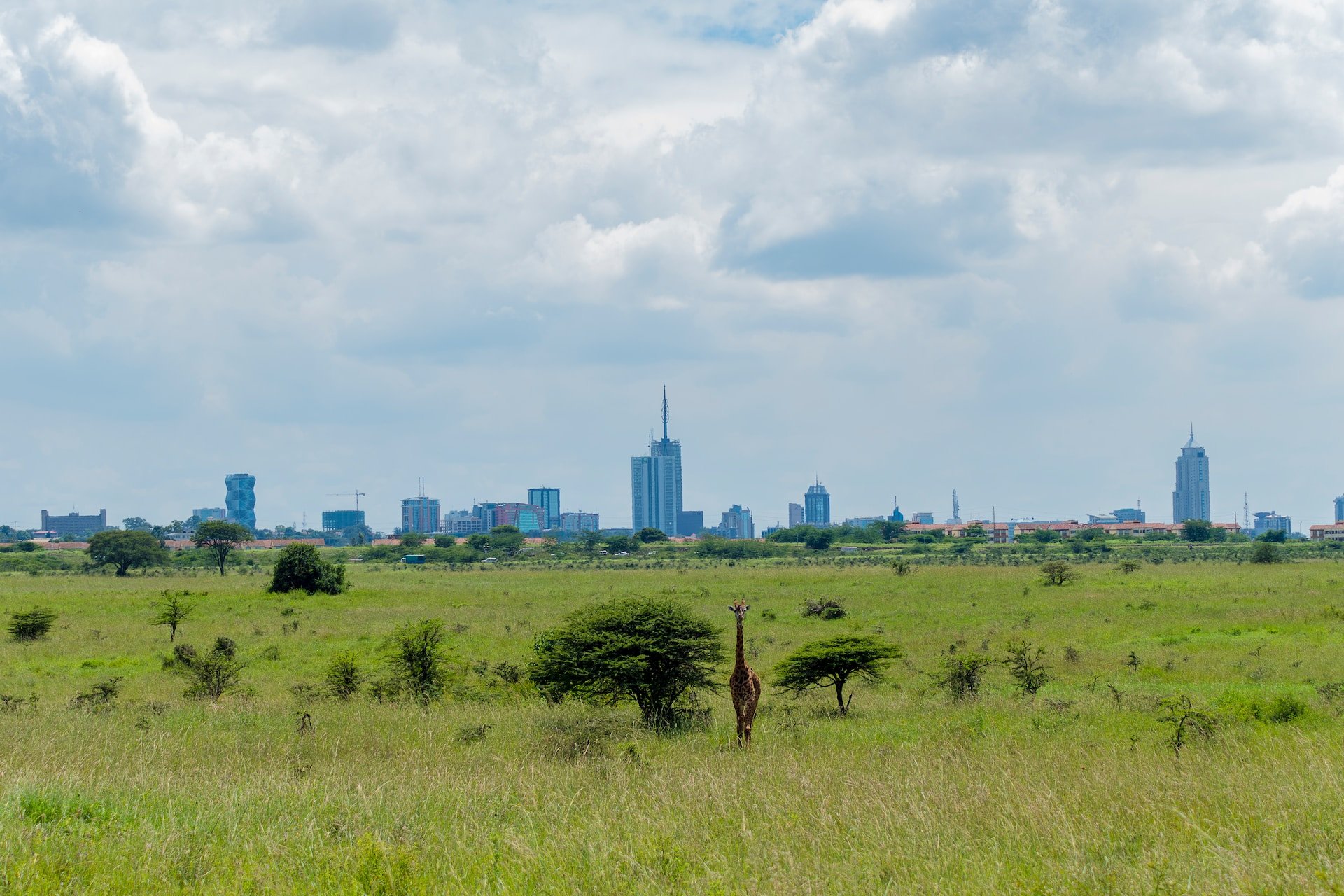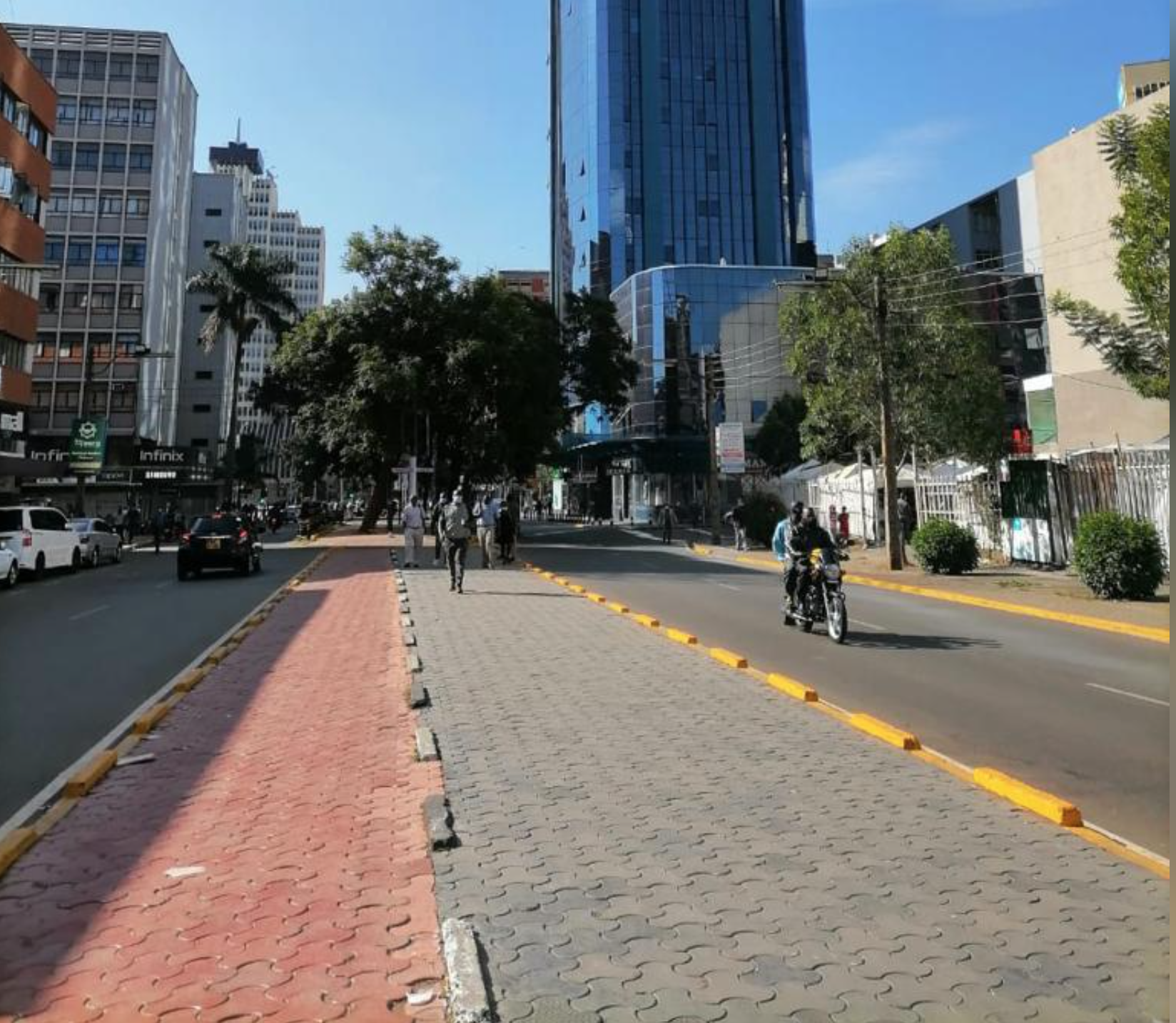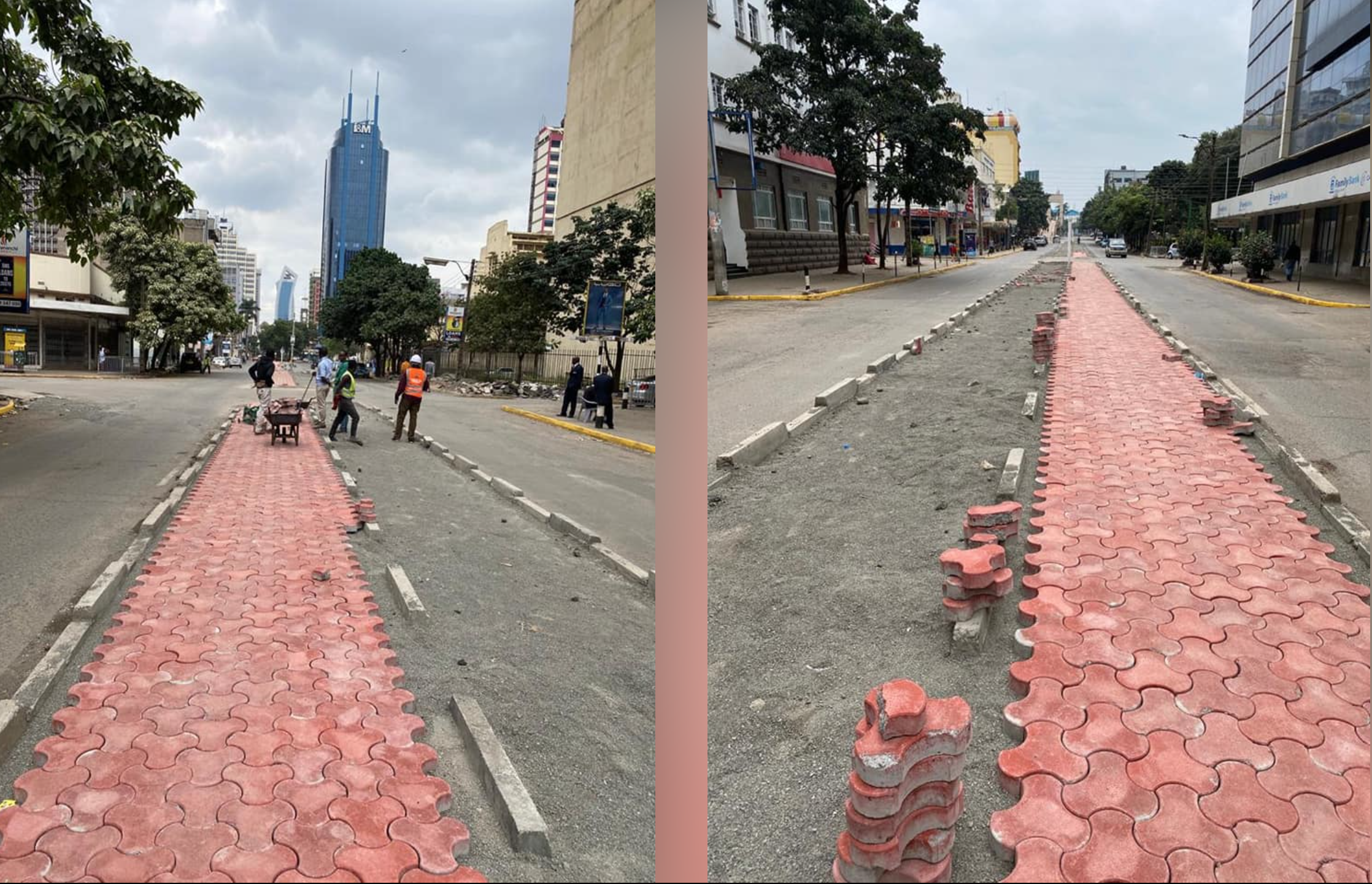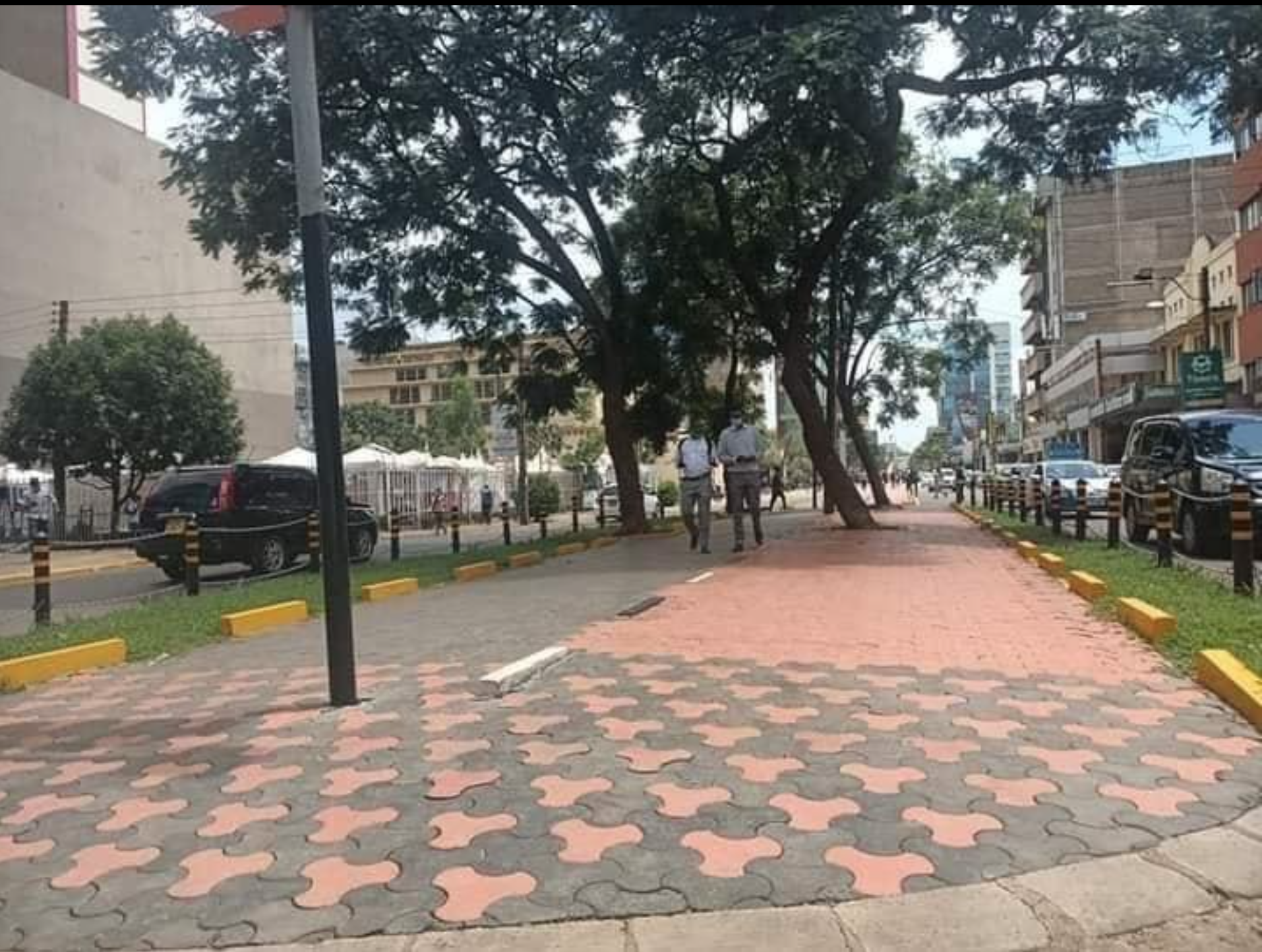Nature is home. Nature is where you can think, rejuvenate, it constantly gives to you. There is nothing man made that can replace the benefits of nature. Edna Odhiambo, is a Climate Change Lawyer based in Nairobi Kenya. Edna was speaking at the brilliant 8th Annual Sustainability Week conference, run by The Economist.
As an undergraduate law student, she witnessed one of worst droughts in the Horn of East Africa, and she asked herself “what can the law do about this?” She realised then that one of the main keys to unlocking the solution is through a focus on policy and regulatory frameworks across different sectors.
In terms of sustainability, Kenya leads in Africa. For example, more than 85% of their electricity comes from clean energy sources like solar, wind, hydro and geo thermal. But there are many challenges. For example, there are millions of Kenyans who lack access to clean energy sources, some are still using firewood and charcoal, dirty cooking fuels, which also increase respiratory illnesses and people are cutting down forests. 87% of Kenya is arid and semi-arid. If you consider then there is very little arable land and then couple this with climate change impacts, water scarcity we should be looking at opportunities to find solutions locally while we wait for access to innovative and affordable technology. Edna explains there are many basic low-cost solutions which can be done by local communities such as water dams. We need to make a difference as fast as we can.
One of the main themes of this podcast is how we need to bring in an integrated approach to transport, we need a multi-modal approach which seamlessly connects walking, bus and public transport, dock-less bikes, cycling lanes and walking pathways. Globally transport is the cause of 15% of emissions. The time has come to stop putting highways before people, building cities around transport, we should be putting people first. Traffic is a major cause of outdoor air pollution, which causes asthma in children, and there are even studies looking at there being an increased risk of dementia event early studies,
Edna makes a call for improving our overall quality of life. We are upright creatures, when we are away from our natural set up, that’s when we get very anxious. We also have to remember that in developing cities, more than half of the population walk, they are not using cars, they use public transport when they can afford it and half the time they cannot so they walk. Increasing walking and cycling structure is important. We need to good walk paths cycling paths. If half of the population walks, then let’s aim to make our cities equitable to ensure we are catering for our people.
Biophilia, as well as our connection with animals, birds, nature and trees, this symbiosis also extends to people, our interconnection with each other. It is the love of living entities, life..
For Edna her focus on civic environmental improvements includes walking and eco-friendly modes of transport. This closer connection to other people gets you speaking with others, community, maybe even starting friendships. Also consider the sound pollution, the auditory impact traffic noise has on us, it raises our stress levels.
Challenges are always there, the good thing is that when you know them then you can address them effectively. In finding solutions you need to ensure you allocate and understand the budgetary requirements. Transport is the responsibility of national and subnational governments, and there is need for coordination, we need to look at them as one system, we need infrastructure to make our lives better, including the deliberate allocation towards walking and cycling. We need policy and regulations, legitimising walking and cycling. Plus we need to bring in citizen awareness, allowing for a constant motion of educating masses of their rights to walking facilities, when we realise how poor environmental transport solutions affect our health, this becomes a personal concern and changes the game.
Cities are very central to climate action, by 2050 68% of the people of the world will live in cities. We need to engage more inclusively for the needs on the ground, addressing climate change in all sectors. For instance, in the built environment bringing let’s bring in biophilic solutions, for example, vertical gardens, these improve aesthetics, are air purifiers and sound absorbers.
In urban and peri-urban areas, let’s bring in trees. Trees play a critical role in our cities. Let’s put in more boulevards and vertical gardens, which will help reduce our energy costs. Use local Indigenous plants as these will be resilient to the climate that’s there. We try and force things, to make things that don’t work. There is always something that works in a particular area. For instance more palm trees in a tropical climate. Always a solution, even when it comes to food. We can get all the needs dietary needs from what’s around us, we should encourage people to use what’s local, and build on that.
Biophilia is a great way of bringing us back to nature and helping us address climate change.
For more information and to contact Edna visit www.ednaclimate.com and more information on the Economist Impact Events visit: https://events.economist.com
To buy a copy of The Journal of Biophilic Design visit our website
www.journalofbiophilicdesign.com or from Amazon.
buy our magazine from our website and if you like our podcast and would like to support us in some way, you can buy us a coffee if you’d like to, thank you x
Credits: with thanks to George Harvey Audio Production for the calming biophilic soundscape that backs all our podcasts.
Did you know our podcast is also on Audible, Amazon Music, Spotify, iTunes, YouTube, Stitcher, vurbl, podbay, podtail, and most if not all the RSS feeds?
Facebook https://www.facebook.com/journalofbiophilicdesign/
Twitter https://twitter.com/JofBiophilicDsn
LinkedIn. https://www.linkedin.com/company/journalofbiophilicdesign/
Instagram https://www.instagram.com/journalofbiophilicdesign





